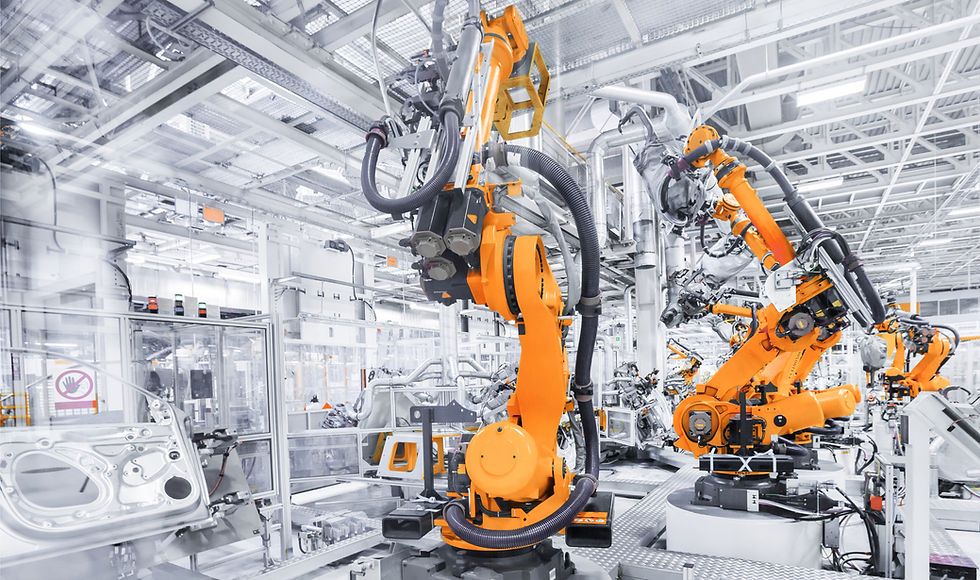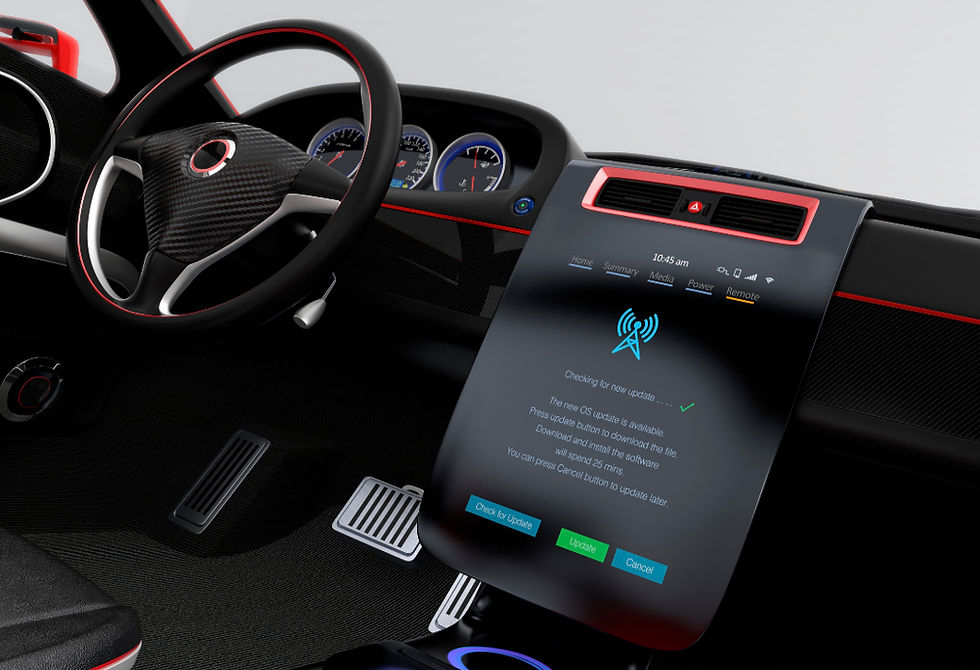The Evolution of Production Planning in the Automotive Industry: From Gantt to Digital Twins
- Serdar Bülent ARI
- Jun 11
- 3 min read

The automotive industry has always been at the forefront of innovation in production planning. What began as a system born out of mass production has now evolved into an era dominated by cyber-physical systems and digital twins. In this article, we explore the historical evolution of production planning—specifically within the automotive sector—tracing the path from Gantt charts to digital twins.
1. The Era of the Gantt Chart
Developed by Henry Gantt in the 1910s, the Gantt chart marked a revolutionary step in production planning. Utilized in Ford’s assembly lines, this system enabled the visualization of activities over time, greatly facilitating job sequencing and resource allocation. Even today, the Gantt chart remains a foundational format in many planning software tools (Clark, 1922).
2. The MRP and ERP Era: Computer-Aided Planning
In the 1970s, Material Requirements Planning (MRP) systems—and later, Enterprise Resource Planning (ERP) systems—digitized production planning. These tools provided significant advantages for automotive manufacturers in areas such as inventory management, order planning, and production synchronization (Orlicky, 1975).
By the 1990s, ERP systems expanded with modular architectures that integrated processes from production to accounting. However, planning was still done on a weekly or monthly basis and was slow to respond to real-time changes on the shop floor.
3. Advanced Planning and Scheduling (APS): Realistic Planning with Constraints
In the 2000s, APS (Advanced Planning and Scheduling) systems became essential, especially in complex and constraint-rich environments like automotive production. These systems could generate realistic and feasible schedules within minutes by simultaneously considering material and capacity constraints (Stadtler & Kilger, 2008).
This capability allowed OEMs and Tier 1 suppliers to optimize numerous components and operations. Yet, real-time disruptions on the shop floor still required manual updates to planning systems.
4. MES and Real-Time Data from the Shop Floor
With the advent of Manufacturing Execution Systems (MES), real-time data could now be captured from machines and workstations on the shop floor. MES filled a critical gap by monitoring schedule execution, providing feedback, and supporting quality management (ISA-95 standard, 2000s).
5. Digital Twins and Industry 4.0: Toward Predictive and Dynamic Planning
Today, automotive production is not just digitally monitored—it is digitally simulated through digital twin technologies. Digital twins create one-to-one virtual models of production lines, machines, and products. This enables:
Predictive maintenance using advanced analytics
Scenario testing to select the most efficient production plans
Dynamic scheduling powered by AI, based on live operational data
According to a McKinsey report (2023), automotive manufacturers using digital twin technologies achieve up to 30% reduction in downtime and up to 15% gains in productivity.
6. The Power of Integration in Modern Systems Like PlanStudio
The practical outcome of this evolution is seen in software platforms where APS and MES systems work in integrated harmony. For instance, PlanStudio combines advanced APS capabilities with MES integration, offering bidirectional data exchange:
Schedules are instantly updated based on real-time production data
Production halts or order changes trigger automatic rescheduling
Scenario-based simulations help accelerate managerial decisions
This approach enables a transition from static weekly plans to dynamic, minute-by-minute responsive schedules.
Production planning in the automotive industry has radically transformed—from static, predictive systems to flexible, data-driven platforms. The journey from Gantt charts to the simulation power of digital twins marks a new era where planning no longer answers just “when to produce,” but rather “how to produce most efficiently.”




Comments